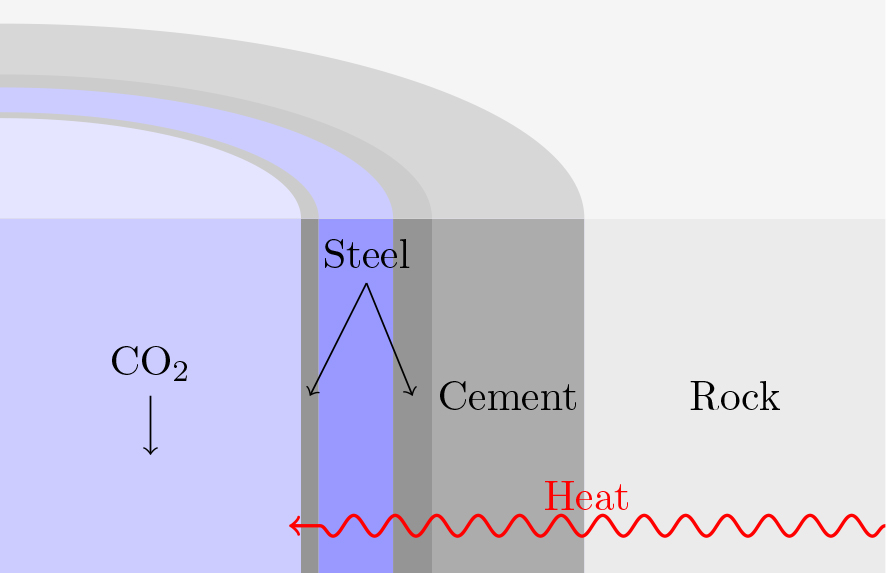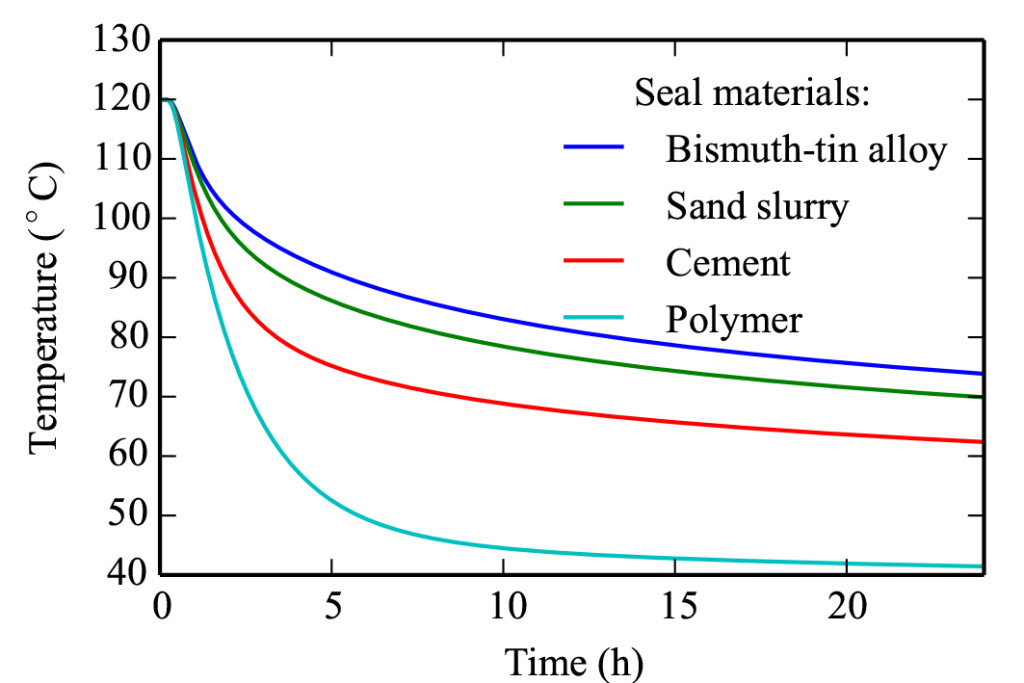Politicians and scientists are trying to figure out how we can reduce global warming. The intergovernmental panel on climate change (IPCC) clearly states that carbon capture and storage (CCS) is a crucial technology if the world is to reach the two-degree target. But how do you store all the CO2 that is captured?
CO2-storage in the North Sea
If Europe is to reduce its CO2 emissions using carbon capture and storage, there is a need for large rock formations to store it. In the Utsira formation in the North Sea there is enough room to store 16 billion tonnes of CO2. That is enough to store more than half the CO2 expected to be captured in Europe until 2050, just in this one formation!
Before CO2 capture plants are built on a large scale in Europe, there will only be rather small volumes to be transported to the storage sites. That means that it may be cheaper to transport the CO2 by ships, instead of pipelines that require large investments. Before CO2 can be transported by a ship, it may need to be condensed to a liquid at temperatures as low as -50 OC. Something similar is already done today when LNG tankers transport liquid natural gas from for example Melkøya outside Hammerfest.
Cold CO2 causes the pipe to shrink
When a CO2 tanker arrives at the storage site in the North Sea, it is emptied into one or more wells that lead to the CO2 reservoir, which is several hundred meters below the seabed. But what happens in the well when you pump CO2 at -50 OC into a reservoir that is nearly 100 degrees warmer? Well, when cold CO2 is pumped through a warm well, the steel pipe will shrink a little bit as it cools. This pipe is cemented into place, but cement doesn’t shrink as much. That means that small leaks can develop if the pipe shrinks too much, that is, if the CO2 is too cold. What also separates ship transport of CO2 from CO2 pipelines, is that the well isn’t necessarily used continuously, since there will be a gap of a few hours or days between each time a ship is unloaded. During this period, the well has time to be warmed up again by the warmer stone formations around it, which causes the temperature to fluctuate more.
Just how large the temperature variations are, and their effect on the materials in the well, is the subject of the project Well Integrity. This project is a collaboration between researchers at SINTEF Energy Research and SINTEF Petroleum Research.
Better material properties gives more robust wells
At the conference organized by the Society of Petroleum Engineers in Bergen in April I presented, together with Malin Torsæter and Svend Tollak Munkejord, results that show how the temperature is affected if you exchange cement with other materials. Cement is the most common material to use when constructing a well, but in the future, other materials with better thermal and mechanical properties may be used. Our results showed that the choice of material has a large impact on how large the temperature variations will be. This knowledge can help us design, build and operate CO2 wells in a safer and more efficient manner.



Pingback: Unveiling the Dynamics of CO2 Injection into Underground Storage - #SINTEFblog